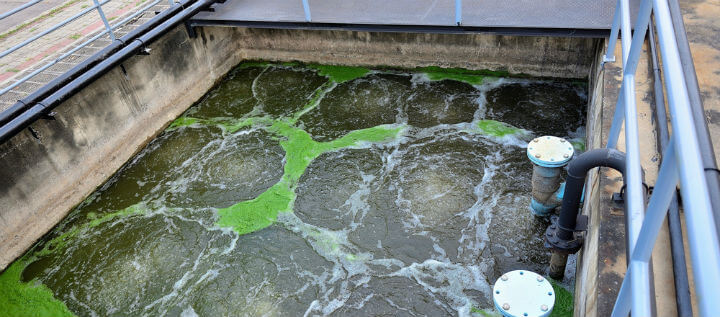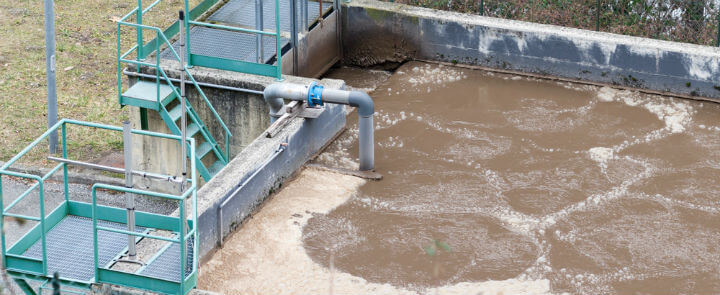Role of Microorganisms Used in Wastewater Treatment
Written by AOS Treatment Solutions on July 23, 2018

Wastewater can be detrimental to the environment if left untreated. That’s because waste from humans and pets are a source of several types of waterborne diseases and bacterial contamination.
Thanks in part to microorganisms, treating wastewater and sewage is possible. The role of microorganisms in wastewater treatment helps to treat and purify wastewater and make it less harmful to the environment.
While there are many different microbes used in sewage treatment, there are three well-known microbes that play an instrumental role in keeping sewage clean. Each of these types of bacteria help the treatment process in a unique way to ensure there is little to no impact on the surrounding environment.
Common Microorganisms Used in Wastewater Treatment
Here is a list of bacteria used in sewage treatment you can reference.
Aerobic Bacteria
Aerobic bacteria are mostly used in new treatment plants in what is known as an aerated environment. This bacterium uses the free oxygen within the water to degrade the pollutants in the wastewater and then converts it into energy that it can use to grow and reproduce.
For this type of bacteria to be used correctly, it must have oxygen added mechanically. This will ensure the bacteria are able to do their job correctly and continue to grow and reproduce on its food source.

Anaerobic Bacteria
Anaerobic bacteria are used in wastewater treatment on a normal basis. The main role of these bacteria in sewage treatment is to reduce the volume of sludge and produce methane gas from it.
The great thing about this type of bacteria and why it’s used more frequently than aerobic bacteria is that the methane gas, if cleaned and handled properly, can be used as an alternative energy source. This is a huge benefit considering the already high wastewater treatment energy consumption levels.
Unlike aerobic bacteria, this type of bacteria is able to get more than enough oxygen from its food source and will not require adding oxygen to help do its job. Phosphorus removal from wastewater is another benefit of anaerobic microbes used in sewage treatment.
Facultative
Facultative microorganisms in sewage treatment are bacteria that can change between aerobic and anaerobic depending on the environment they are in. Note that these bacteria normally prefer to be in an aerobic condition.

Final Thoughts on the Role of Microorganisms in Water Treatment
Many industrial and municipal wastewater treatment plants use bacteria and other microorganisms to help with the process of cleaning sewage. Picking the right bacteria can be tricky since your selection depends on the condition of your area for effective use. Wastewater treatment can also provide a great source for alternative energy if the anaerobic bacteria are handled correctly.
Learning the names of microbes used in sewage treatment and the role bacteria in sewage treatment plays doesn’t have to be a solo job. Consider the water treatment solutions available from AOS to learn more about the role of microorganisms in water treatment and how microorganisms in the wastewater treatment process can help keep your water healthy.
Contact AOS today for more information about our treatment services.

